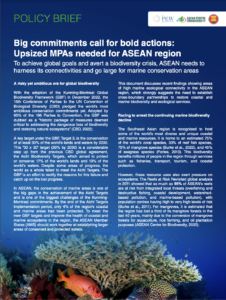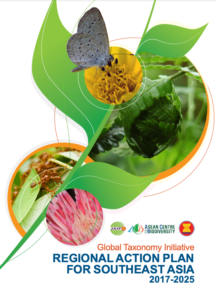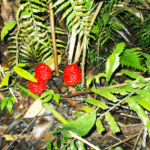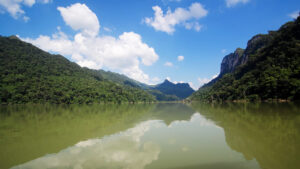The Mt. Timpoong-Hibok-Hibok National Park is composed of two mountains: Mt. Timpoong and Mt. Hibok-Hibok, which is an active volcano located in the northwest area of the island. It is one of the important Key Biodiversity Areas of the Philippines. It is rich in species diversity, and level of endemism, as this Heritage Park is the habitat of Camiguin’s endemic birds and trees.
Mts. Timpoong-Hibok-Hibok Natural Monument has unique ecotourism characteristics being the source of well-known waterfalls, cold springs, hot springs, and soda waters. It serves as watershed for the whole island of Camiguin.






























